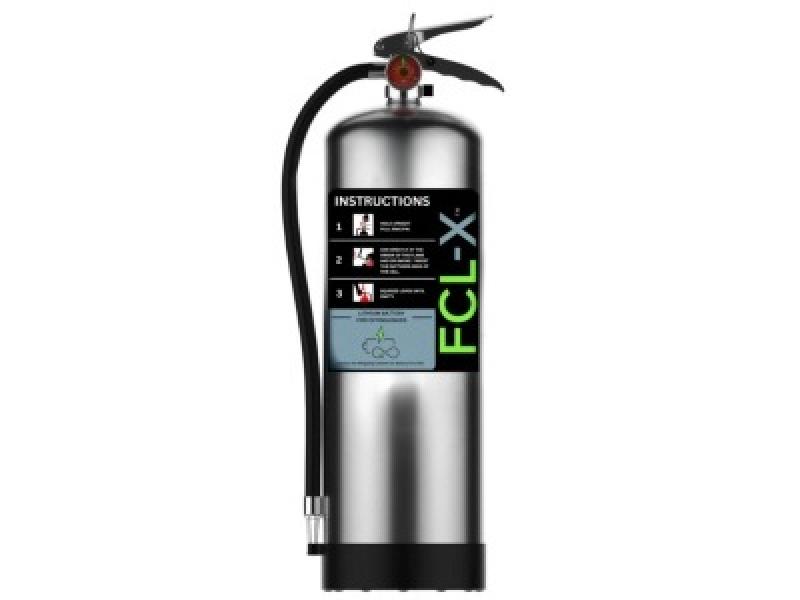It’s not going to be smooth sailing cutting our reliance on fossil fuels, but with change comes the incentive to try something new and better.

Opportunities exist within Canada’s carbon tax policy for savvy commercial real estate owners and property managers, says Columnist John Clark.
I attended a tax conference last week that featured the federal Liberals’ impending carbon tax on the agenda. The plan is to put a “price on pollution” by imposing a carbon tax of $10 per tonne across Canada, starting next year. This tax will rise each year to $50 a tonne by 2022. At the gas pump, that will mean an extra 11.63 cents per litre five years from now.
Some provinces are on board and already have carbon taxes of their own. Others are less enthusiastic. Back in May, Saskatchewan Premier Brad Wall likened the plan to “a ransom note” and vowed to take the federal government to court.
This grand Liberal plan, of course, stems from December 2015 when nearly 200 countries signed on for the Paris climate accord. This document contains carbon reduction targets so ambitious global emissions would have to be reduced to practically zero by 2070 to meet them.
And Canada is ready to lead the charge.
Hits to our economy . . .
But what if other nations are less eager to follow through?
The consequences of Canada’s carbon tax were discussed at last week’s tax conference. One key concern is the what happens if exporting powerhouses (and major polluters) like China and India don’t fully engage with the Paris accord.
A few weeks ago, the Conference Board of Canada released a report that asserted the tax could trim some $3 billion from Canada’s GDP in 2018 and pinch the value of the loonie as “higher energy prices ripple through the economy.”
And that’s just in the first year, with a $10-per-tonne tax. What will the impact be by 2022 when the full $50 tax is in effect?
And your pocketbook
When energy prices go up, so does everything else. This is a big country. Producing and shipping goods is costly to begin with. It isn’t only the costs of heating and transportation fuels and electricity that will rise.
Anything that has to be shipped to a store will incur added costs. Don’t expect your grocery bill to be unaffected.
What’s the message here?
The science of climate change is viewed as solid evidence we humans are having an impact, mostly negative, on the climate. If we don’t pay the cost of countering our impact, we will all lose.
A program I watched last winter showed that over geologic time, ocean levels have risen and fallen by a range of 600 feet and we currently are at the 400-foot level. Worst-case scenario would put sea levels 200 feet above where they are today, so this really is no small issue.
With the carbon tax coming, we need to plan now, from a short-term economic perspective, for higher costs to live, travel and operate a business starting next year.
The Conference Board did temper its warning with an expectation the economic impact will level out after a few years as we invest in more clean energy technologies. But that is going to take some big investments: The Conference Board forecasts between $1.5 trillion and $3.5 trillion over the next 30-some years.
That is a lot of investment, which will translate into a lot of new jobs.
Meanwhile, if countries like India and China (or the U.S., which generates a lot of noise at the moment) are slow to follow, Canada’s export industries could be left at a competitive disadvantage. The federal government will need to take this into account.
Giving a boost to public transit
Last week’s conference also spoke to the pain of this adjustment period for public transit, but I believe this is an example of where, with the right mindset, the pain can yield opportunity.
Transit, for the most part, runs on fossil fuels and with the increased cost of carbon, the cost of running municipal transit systems will increase. I always question why we charge as much as we do for public transit use if the goal is to encourage more users. The higher the cost, the lower the ridership.
Higher prices at the gas pump may encourage more people to opt for public transit, especially in a city like Ottawa, where this will coincide with the opening of our new light rail system. But this will only work if public transit fares remain the same while gasoline prices go up.
This runs contrary to the mindset typical of most City Halls, or at least their transit commission – if our operating costs go up, then of course we must pass that on to riders with fare hikes.
No, you don’t.
When you think about it, the revenue for transit comes from two sources – riders and city budgets. The riders, with some exception, live in the city so the riders also are the taxpayers who fund the city. People who don’t ride transit benefit from less-crowded roads, which is proven during a transit strike.
So the reality is we all benefit from transit.
Whether we pay for it out of our left pocket as transit fares, or our right pocket as property taxes, it all comes from the same wallet. Perhaps we should leave fares where they are as gasoline and diesel costs rise – that will encourage more people to leave the car at home.
As we already subsidize the cost of running these systems, whether we use them or not, surely the carbon tax should be seen as an opportunity to increase public transit’s value proposition and shift to a more sustainable business model.
Time to invest in greener buildings
In the commercial real estate industry, building owners and managers will be faced with higher operating costs they may or may not be able to pass on to tenants depending on lease terms. But they too are faced with a fresh opportunity to change.
Instead of just seeing this as added costs to pass on, look instead at investing in more energy-efficient building operating systems and equipment, such as OLED lighting and energy-harvesting technologies.
The Conference Board’s Mario Lefebvre made reference at the conference to the research his firm is doing on the type of building large companies take up when they relocate.
The impression from his presentation is large moves are mostly into new space rather than retrofitted second-generation buildings. If this is the case, there is a real opportunity for developers to go green in the buildings they construct for these corporate relocations.
Canada’s carbon tax will leave us all scrambling to adjust over the next few years, but it also does create new opportunities to change for the better.
To discuss this or any other valuation topic in the context of your property, please contact me at jclark@regionalgroup.com. I am also interested in your feedback and suggestions for future articles.







